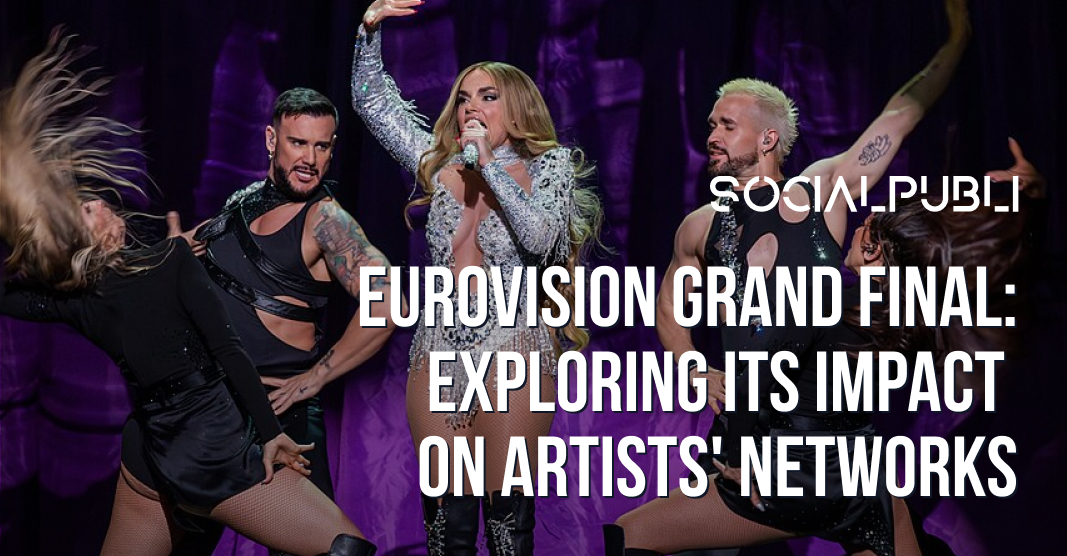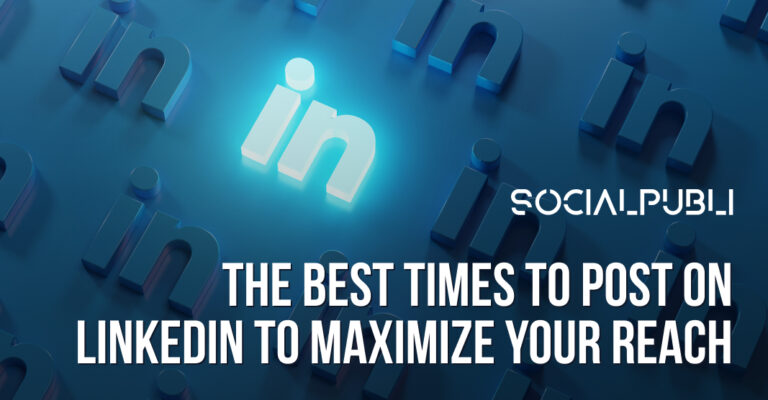The Eurovision Song Contest is far more than a televised music competition; it is an influential cultural phenomenon that significantly impacts the networks and careers of participating artists. Here’s a detailed overview of how Eurovision shapes artists’ professional and social networks based on credible sources.
Audience Reach and Exposure
-
The Eurovision Grand Final attracts massive viewership, with the 2023 edition reaching 162 million people and generating 291 million hours watched. The event enjoys a cross-generational audience, maintaining high relevance among both youth (notably 53.5% of viewers aged 15–24 during the final) and older demographics.
-
Online engagement is substantial. Eurovision’s digital platforms see record levels of activity, and participating songs receive hundreds of millions of streams globally. In 2023, five songs from the contest appeared on the US Billboard Global Excl. US Chart, showing its power to break artists into new international markets.
Network Expansion and Prestige
-
Participation immediately elevates an artist’s prestige. The contest is broadcast during a country’s highest viewership period, conferring national and often regional celebrity on contestants. For many, this exposure positions them for further opportunities both within their home music industries and across Europe.
-
Eurovision facilitates the creation and strengthening of professional networks. Each country’s selection, production, and promotional phases involve collaborations with media, PR agencies, and specialized intermediaries. This process introduces artists to influential figures in media, touring, and marketing on a European scale.
Career Impact and Chart Success
-
The contest serves as a high-visibility launchpad for both new and established artists. Even if a song is a one-hit wonder internationally, the artist often leverages their Eurovision appearance for long-term success domestically or regionally.
-
Effective post-Eurovision marketing and international label support can help artists transition from national fame to broader European or global recognition. This is evident in cases where artists see significant streaming and chart presence after the contest, especially when their team is adept at leveraging the momentum.
Industry Opportunities
-
Eurovision often attracts established artists who are enticed by the “three minutes of global airtime” that the contest provides, rather than the competitive aspect of national finals. Internal selection by broadcasters allows well-known acts to participate with less risk and more direct access to international audiences.
-
The contest has a ripple effect on national broadcasters, as it brings high ratings comparable only to major sporting events, further increasing the visibility and marketability of participating musicians.
Social Media and Influencer Networks
-
The digital growth of Eurovision is reflected in social media engagement, where artists accumulate new followers, increased streaming, and higher interaction rates during and after the contest.
-
Blogs and influencer marketing—such as those discussed on SocialPubli—highlight the importance of digital reputation management and leveraging social platforms to amplify reach, though no specific Eurovision-related articles from SocialPubli were found in this context. However, the general principles of influencer campaigns and digital engagement are directly applicable to Eurovision artists looking to grow their audience post-show.
Regional and International Connections
-
Eurovision fosters both pan-European and regional networking. While not every act achieves global stardom, most use their exposure to strengthen ties within their country or subregions, which can be instrumental in building lasting careers.
-
Artists often collaborate with songwriters and producers from other countries, further intertwining their networks across Europe. In some cases, participation leads to opportunities for international touring, recording contracts, or further collaboration with other Eurovision alumni.
Summary Table: Key Impacts on Artists’ Networks
| Impact Area | Description & Examples |
|---|---|
| Audience Reach | 162 million viewers, strong social media/digital engagement, top Billboard Global chart appearances. |
| Prestige & Recognition | Elevated national/regional celebrity, peak broadcast ratings, enhanced industry standing. |
| Professional Networks | Ties to media, PR, music industry, and intermediaries; often European in scale. |
| Career Opportunities | Boost in domestic/regional music scenes, international record deals, tours, and collaborations. |
| Social/Digital Growth | Major boosts in follower counts and engagement across platforms; applicability of influencer marketing strategies as seen on SocialPubli. |
| Regional Integration | Artists leverage appearances for regional influence, collaborating and networking across Eurovision “subregions.” |
Conclusion
The Eurovision Final is a catalyst for artists’ career growth and network expansion, providing unparalleled media exposure, access to new professional relationships, and opportunities to build both local and international reputations. Whether an artist wins or not, participation often leads to greater prestige, new collaborations, and a sustainable presence in the music industry across multiple markets.












